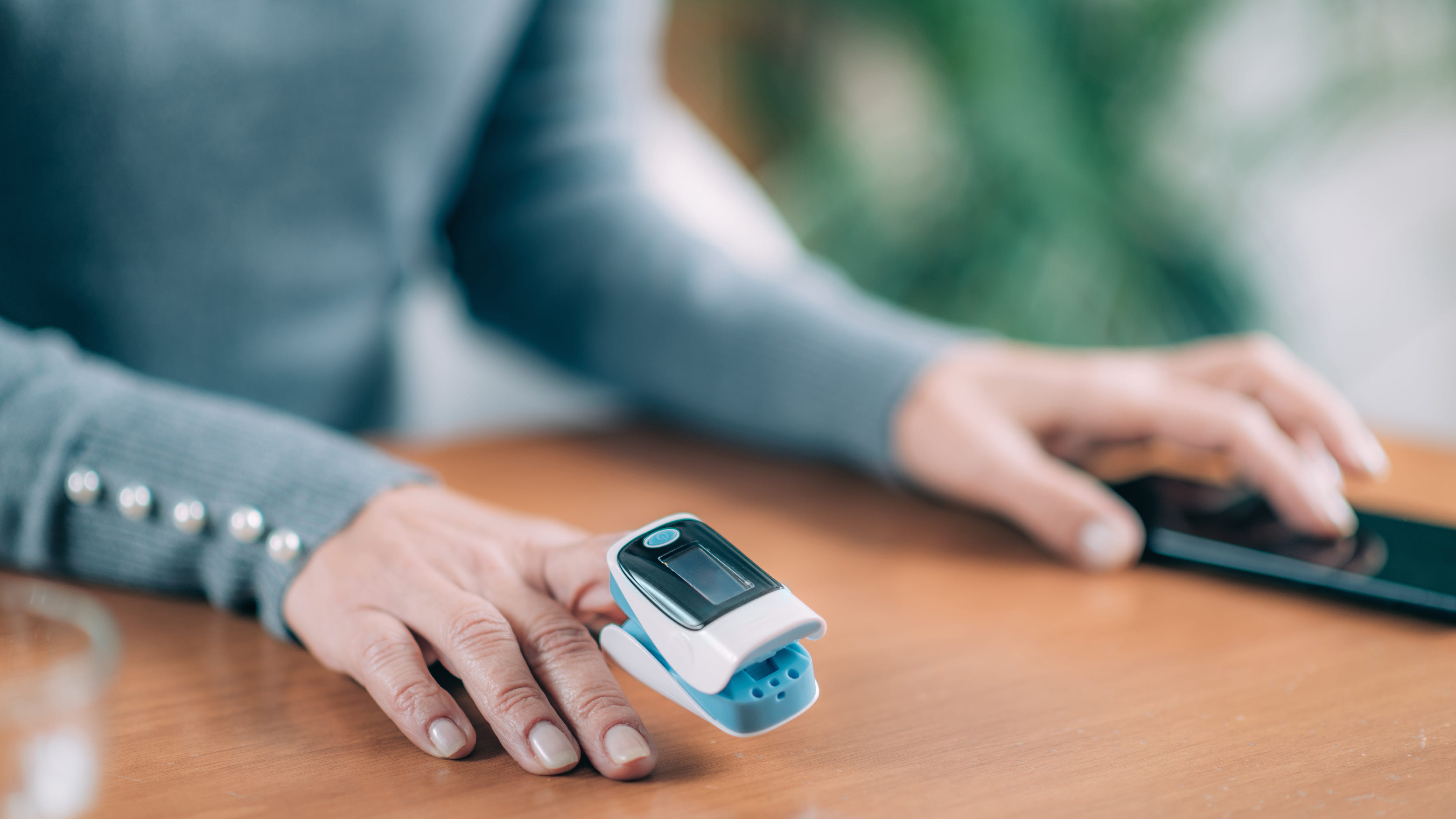
Off all the light that passes through the finger, it is just the small pulsatile part that the pulse oximeter analyses. Because it is such a percentage of the total light, the pulse oximeter is extremely at risk to mistakes if for an example, the probe is not put correctly or if the person moves the probe.
Constantly look at pleth first, prior to looking at oxygen saturation. Never ever look only at oxygen saturation!
There are light discharging diodes (LED) that produce light in the red light and also infrared light wavelengths and also these are hence comfortably used in pulse oximeters. The precise wavelengths of the LEDs used depends on the manufacturer. For comfort, in our conversations, we made the red LED to have a wavelength of 650 nm as well as the infrared LED to have a wavelength of 950 nm (simple to keep in mind).
Getting My Sats Monitor To Work
Accounting for ambient (space) light The pulse oximeter probe, as revealed below, has a red LED and one infrared LED. On the various other side, is a light detector. You will certainly keep in mind that, though there are only two LEDs, the light detector is subjected to 3 resources of light. Along with the red and also infra red LED lights, there is likewise light in the room (ambient light) that the pulse oximeter is functioning in.
The pulse oximeter has to function with these 3 sources of light. It wants the red and infra red light to determine oxygen saturation.
The detector for that reason videotapes infrared light and also room light that drops on it. Now the only light that drops on the detector is the area light.
How Oxygen Oximeter can Save You Time, Stress, and Money.
So here is the sequence: Only red LED is on. Sensing unit actions red plus area light. Only infrared LED is on. Sensor procedures infrared plus area light. Both LEDs off. Sensing unit procedures just room light. Troubles with pulse oximeter Problem of movement When you consider troubles linked with pulse oximeters it is essential to bear in mind that the signal that is analyzed is really little.
As the finger actions, the light levels change dramatically. Such a bad signal makes it challenging for the pulse oximeter to compute oxygen saturation.
Trouble of excessive ambient light As discussed before, in enhancement to the light from the LEDs, ambient (room) light additionally hits the detector. Permanently functioning of the pulse oximeter, the toughness of the LED light falling on the detector should be good when contrasted with the toughness of the ambient light falling on the detector.
Get This Report about Oxygen Finger Monitor
This can lead to erroneous readings. Therefore, it is essential to reduce the amount of ambient light falling on the detector. One can attempt and also move away solid resources of area light. One can additionally try and also cover the pulse oximeter probe and also finger with a fabric and so on. Issue of electromagnetic interference Electric equipment such as surgical diathermy emit solid electrical waves which may be gotten by the cords of the pulse oximeter.
During diathermy use, one should be mindful concerning interpreting pulse oximeter analyses. Issue of inadequate peripheral perfusion A great peripheral blood circulation makes the arteries in fingers nicely pulsatile. As gone over in the past, it is the pulsatile adjustment in absorbance that is made use of in the estimation of oxygen saturation. When the outer perfusion is poor (e.
in hypotension), the arteries are a lot less pulsatile. The modification in absorbance is for that reason much less and also the pulse oximeter might then locate the signal poor to correctly calculate oxygen saturation. Problem of not detecting hyperoxia At first, we reviewed that oxygen saturation describes just how much of the hemoglobin is bring oxygen.